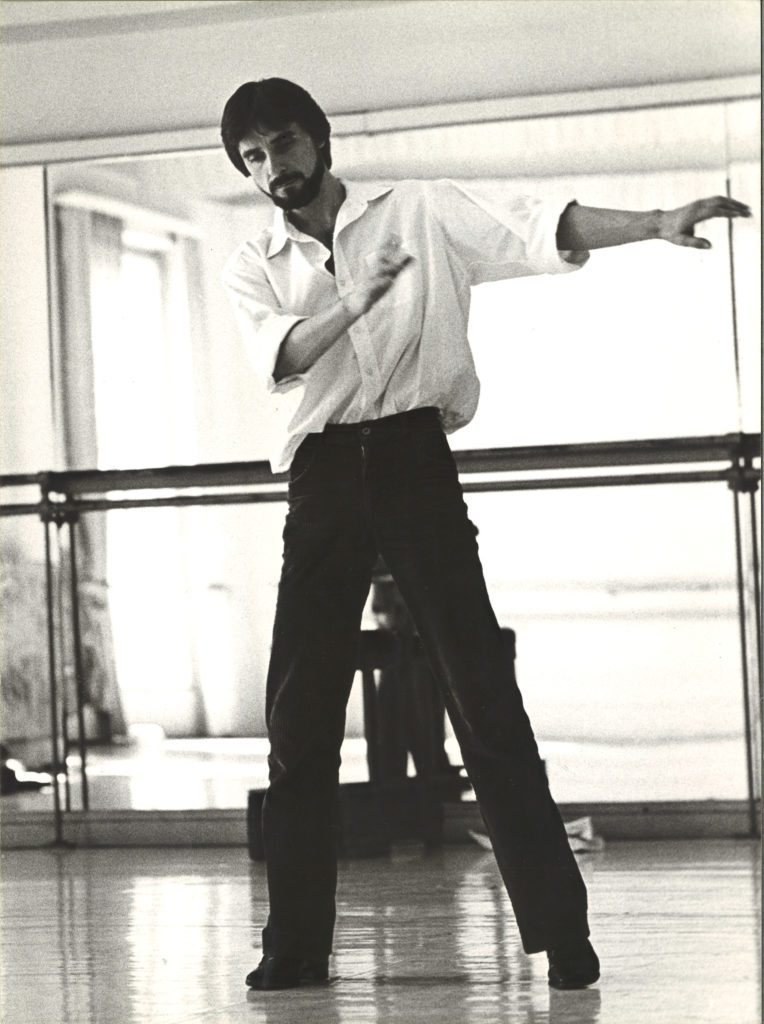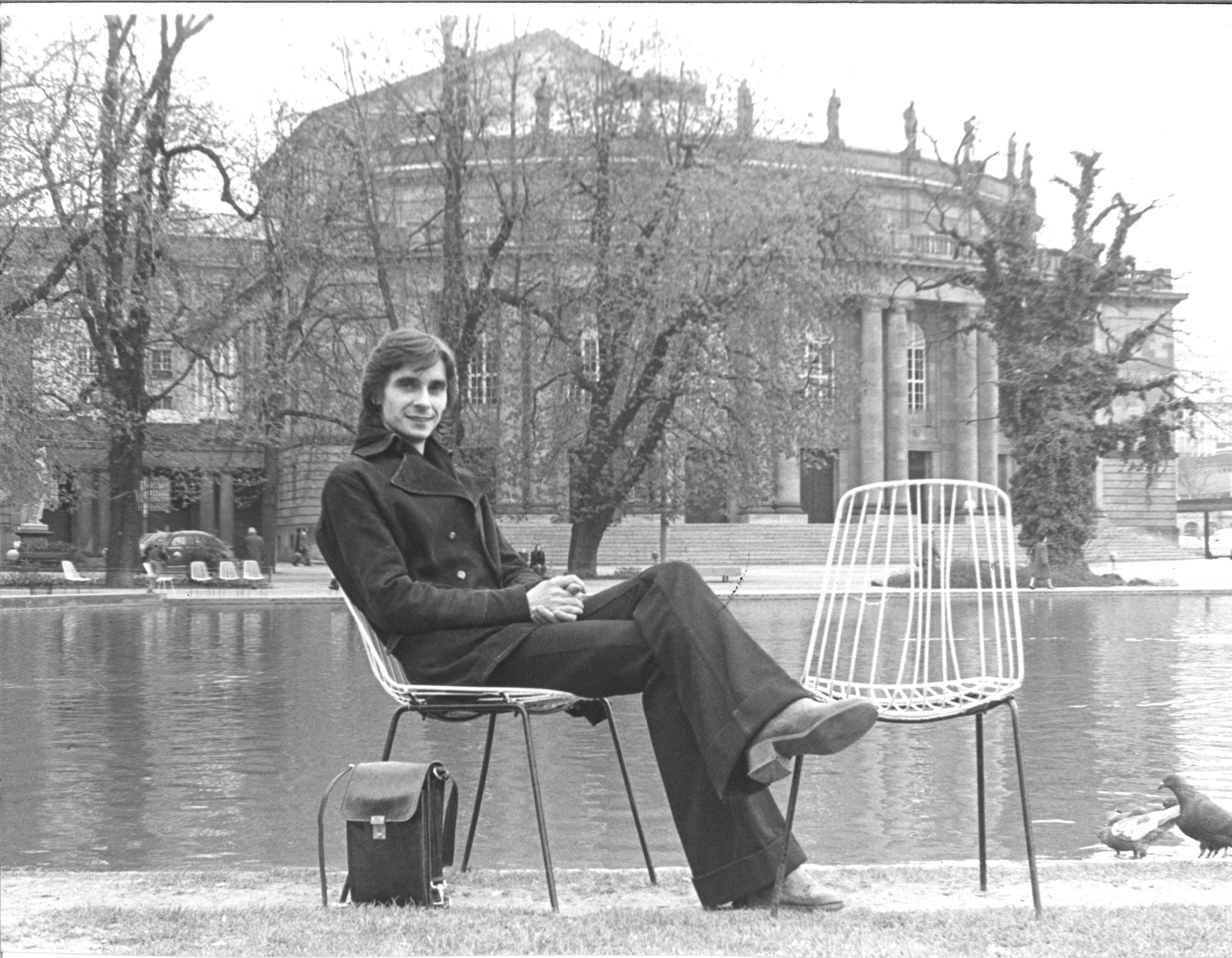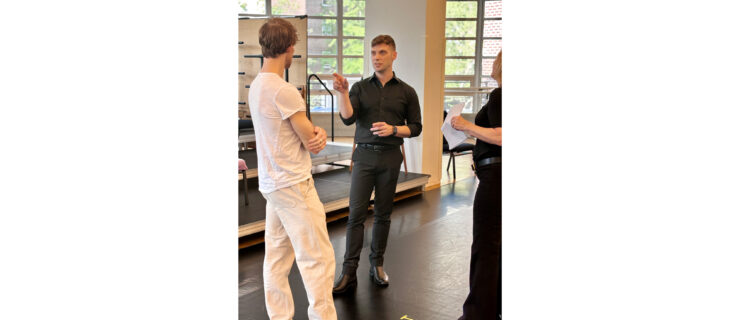Jiří Kylián on Turning the “Simplest Things” Into Dances
Jiří Kylián’s first aspiration was to be a circus acrobat. Born March 21, 1947, in Prague, by age 9 he left off acrobatics and was enrolled at the School of the National Ballet Prague, followed by Prague Conservatory. He received a scholarship to London’s Royal Ballet School in 1967, where he met John Cranko, who invited Kylián to join Stuttgart Ballet the following year and subsequently gave him his first professional choreographic opportunities.

Kylián’s first Nederlands Dans Theater commission premiered in 1973, the same year as Cranko’s untimely death; he remained at Stuttgart until 1976, when he was invited to become co-artistic director of NDT with Hans Knill.
Kylián’s arrival and the 1978 premiere of his Sinfonietta at Spoleto Festiva U.S.A. marked the beginning of a new era for NDT. During his tenure, which lasted until 1999, Kylián established NDT II (for younger dancers) and NDT III (for older dancers) and encouraged the choreographic careers of Jorma Elo, Alexander Ekman and Nacho Duato, in addition to creating iconic works such as Falling Angels and Petite Mort.
In the October 1979 issue of Dance Magazine, he told us, “What I really like are the very simplest things that you can think of, and I like to put them together in a way that they create something different, something maybe complicated, or something that creates another dimension, and when you see my choreography, you see that it is built that way. Though it sometimes seems complicated, you can see it is the simplest things put together. It is the relationship of the things that is important, rather than the things themselves—the movements, steps, lifts.”
The recipient of numerous awards for lifetime achievement, Kylián has crafted over 100 stage works, though in recent years he has focused more on film and photography.




